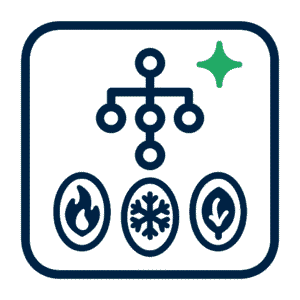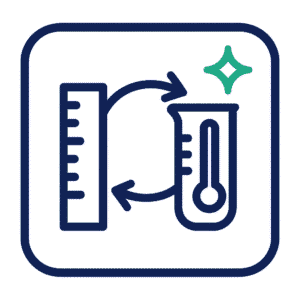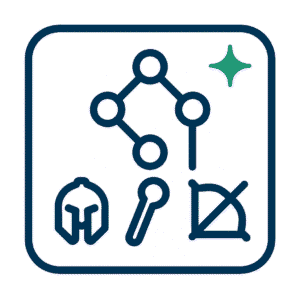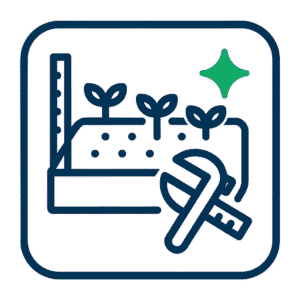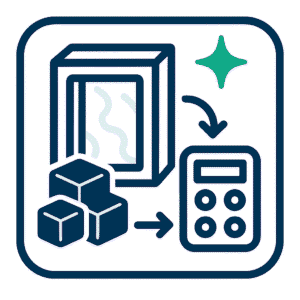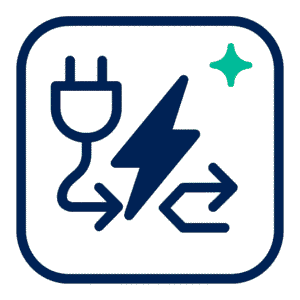Overview of the tool classes
Database-integrated web calculators (Wowhead, Wowisclassic, ClassicDB)
These calculators are embedded within a larger database and guide ecosystem. They frequently offer deep tooltips, item and spell links, and the ability to attach builds to class guides. Wowhead launched a Classic-era toolset for this purpose; community discussion around that launch framed it as an integrated resource for planning. See the Classic Wowhead talent calculator: https://classic.wowhead.com/talent-calc.
Community-run planners (WarcraftTavern, AtlasForge, ClassicDB overlays)
These sites provide a lightweight, often faster UI and focus strictly on talent planning without the database bloat. Community planners are typically updated by small teams and are valued for minimalism and speed. One third-party review summarized Warcraft Tavern as “Simple and effective. Easy-to-use layout with no clutter.” See Warcraft Tavern: https://warcrafttavern.com/.

Native mobile apps and independent tools
Native apps provide an offline, mobile-first experience and frequently support version switching (Vanilla, TBC, WotLK, Season of Discovery). Mobile apps often include local save, quick sharing, and UI affordances (tap/long-press) that speed small edits. Mobile products advertise native experiences and cross-version support in their listings.
Each class of tool yields a different trade-off profile: database tools couple planning with live item/tooltip context; community planners prioritize speed and clarity; mobile apps prioritize convenience and offline access.
Accuracy and fidelity
Accuracy means that the calculator reproduces Classic-era talent mechanics (ranks, prerequisites, passive modifiers) and does not conflate retail changes. Users should confirm the calculator’s versioning: an accurate classic wow talent build planner will explicitly indicate which game variant it models (Vanilla, Classic Era, Season of Discovery, TBC, etc.). AtlasForge and several community calculators provide version selectors that help the user test a leveling talent path calculator scenario across expansions.
Practical test: open the calculator, allocate points that require a specific prerequisite (for example, a 5-point intermediary node) and verify whether the tool prevents illegal allocations. A trustworthy planner also shows numeric tooltips—exact percent increases or flat-value bonuses—so a player can judge marginal returns and construct an optimal talent points distribution plan.
Usability, speed, and workflows
Wowhead / database-integrated: tends to include extra navigation and context (item links, comments). This creates a richer research workflow for pve talent builds classic wow, but the UI can be slower to load and can include unrelated site elements that distract from quick iterations. Community posts around Wowhead’s Classic launch emphasised its database integration and broad toolset. See Icy Veins Classic for complementary class guides: https://www.icy-veins.com/wow-classic/.
WarcraftTavern and similar: pared-back interfaces make it faster to prototype several builds in sequence; the site’s simplicity suits players who are using a leveling talent path calculator in the field or while streaming. A concise UI reduces friction when trying a handful of alternative allocations.
Mobile apps: offer immediate access while away from a desktop and often support local save states, runes/glyphs toggles, and shareable links. They are useful for players who wish to check a warrior talent calculator classic or a rogue talent build classic wow while on a break. Ratings and store descriptions show high user satisfaction for some well-maintained apps.
Shareability, community and templates
For teams and guilds the ability to export a shareable URL or paste a build string into a Discord channel is essential. Most modern planners provide either a permanent URL or an export code that reproduces the exact allocation. Community sites additionally allow vote-ranked templates for pve talent builds classic wow and pvp talent setup classic, which speeds onboarding for raid recruits.
When selecting a tool check for:
- persistent shareable URLs,
- an export/import mechanism,
- and an accessible comments/notes area so that the author can annotate rationale for small divergences from meta builds.
Maintenance and version control
The usefulness of a planner depends on how rapidly its authors update talent descriptions and version toggles. Community-run pages and apps often publish update notes; AtlasForge and seasonal tools explicitly mark Season of Discovery or SoD variants. Verify the last update date in the tool metadata before relying on a build for endgame progression.
Economic implications: respec planning and cost awareness
A talent planner should be used in conjunction with a talent respec cost calculator or at least with an understanding of Classic respec economics. Classic-era mechanics included a stepped respec cost that escalated with repeated use and a decay mechanic implemented in later patches; the official patch notes for 1.11 stated: “The cost to unlearn talents will now decay over time. This cost will be reduced by a rate of 5 gold per month to a minimum of 10 gold.” Community references show how players budget gold for frequent swapping during progression. Use a planner to minimize wasted respeccing by saving both leveling and raid variants before paying a trainer. See historical notes on respecialization: https://wowpedia.fandom.com/wiki/Respecialization.
How to choose the right tool for an objective
- If research depth is required (meta builds, item synergy, comment threads): pick a database-integrated planner such as Wowhead or Wowisclassic. These tools are best for constructing pve talent builds classic wow that depend on specific gear thresholds.
- If fast prototyping matters (leveling routes, experiment sessions): use a community planner like WarcraftTavern or ClassicDB. Their speed and minimal UI reduce the friction of trying multiple best talent tree for leveling configurations.
- If mobile convenience or offline planning is needed: install a well-rated app. Mobile tools provide offline convenience and saved build management for players who check specs away from a desktop.
Example workflow that combines tools
- Draft endgame spec in a classic wow talent build planner on a database site to verify item and tooltip synergy.
- Reproduce the core path in a lightweight planner (WarcraftTavern) to test marginal swaps rapidly.
- Save both builds as shareable links and export a copy to the mobile app for on-the-go reference during leveling.
- Budget for possible respecs using an internal rule (for example, a 50–100 gold reserve per repeatedly-swapping character) and avoid mid-raid adhoc switches. The planner should be the decision source; the trainer is execution.
Final Considerations
Tool selection should be an operational decision keyed to objectives: research depth, rapid experimentation, or mobility. Database-integrated calculators (Wowhead, Wowisclassic) pair talent planning with item and guide context and suit meta-driven pve talent builds classic wow work; community planners (WarcraftTavern, ClassicDB, AtlasForge) offer fast, low-friction testing ideal for constructing a best talent tree for leveling or using a leveling talent path calculator slider; mobile apps provide offline convenience and saved build management for players who check specs away from a desktop. Regardless of choice, use the planner to construct one saved leveling path and one saved endgame path, verify numeric tooltips for exact marginal returns, and model respec exposures with a talent respec cost calculator mindset before committing in-game gold. For class-specific templates (for example warrior talent calculator classic or rogue talent build classic wow) consult the community guides linked within each planner and preserve builds as shareable URLs to reduce costly in-game trial-and-error.

